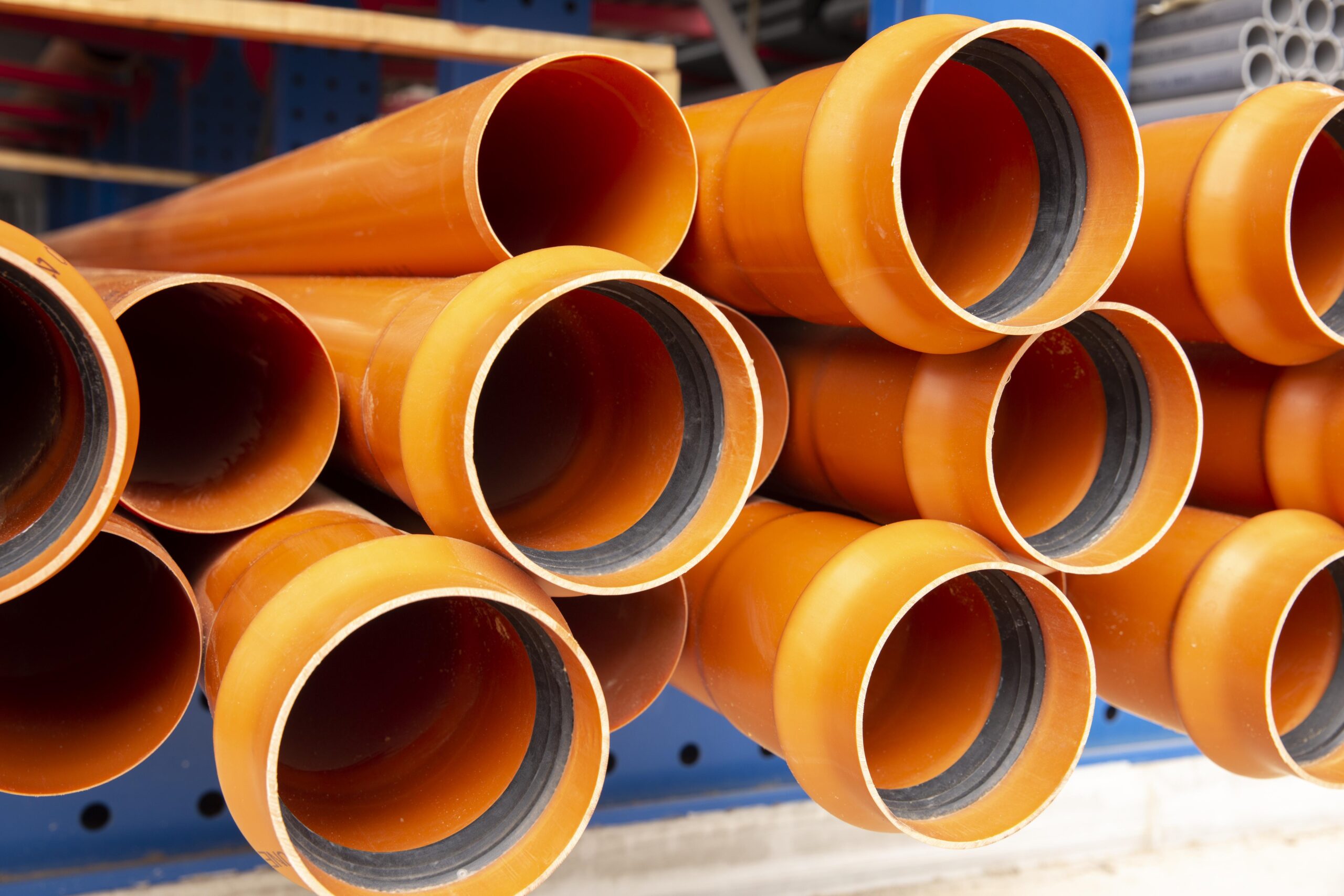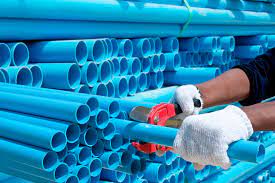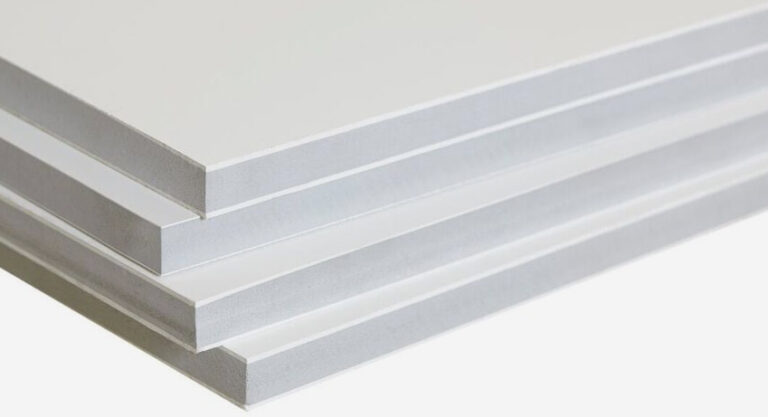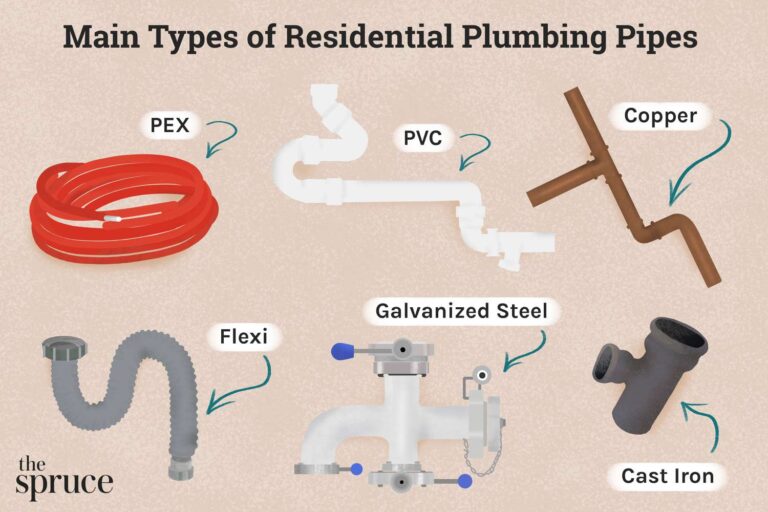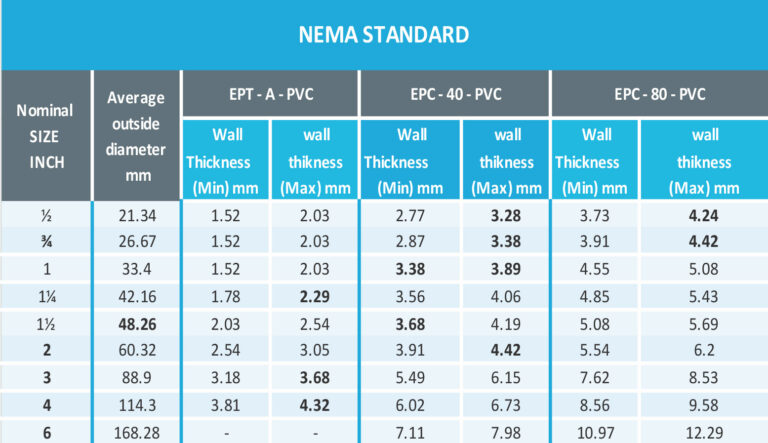What Is PVC Made Of?
PVC, or polyvinyl chloride, is a type of plastic made from ethylene and chlorine. It is a strong, lightweight material used in a variety of applications, from pipes and fittings to window frames and vinyl siding. It is also used in medical devices, electrical wiring, and even toys. PVC is often mixed with stabilizers, lubricants, and other additives to create a customized material with specific properties.
Overview of PVC
Polyvinyl chloride, or PVC, is a versatile and affordable material that is used in a variety of products and applications. PVC is composed of two main components: polyvinyl chloride resin and plasticizers. The resin is a white powder made of small polymer molecules. These molecules form a strong bond when heated and cooled, forming the PVC matrix. Plasticizers are added to the PVC to make it more flexible and durable. The most common plasticizers used are phthalates, which are derived from petroleum. PVC is known for its durability, affordability, and fire safety. It is a popular material for construction, automotive, and medical products, as well as for electrical wiring and insulation. PVC is also popular for its resistance to chemicals, moisture, and corrosion. PVC is an environmentally friendly material, as it is recyclable and does not require harsh chemicals in its production process. Additionally, PVC is a low-maintenance material that does not require painting or other maintenance. PVC is a versatile and cost-effective material for a variety of applications, making it an ideal choice for many projects.
History of PVC
PVC, or polyvinyl chloride, is a type of plastic that has been around since the late 1800s and is now one of the most versatile and widely used materials in the world. But what is PVC made of? To answer this question, it’s important to look at the history of PVC and the materials that go into its production.
PVC was first discovered by German chemist Eugen Baumann in 1872, when he accidentally heated vinyl chloride to high temperatures. Since then, the material has gone through several iterations and modifications, leading to its current form and widespread use.
Today, PVC is made of a combination of several different materials, including chlorine, ethylene, and other organic compounds. The chlorine is usually derived from salt, while the ethylene is typically sourced from petroleum or natural gas. These materials are heated and pressurized until they form a polymer chain, which is then cooled and cut into small pellets. These pellets are then mixed with other additives, such as stabilizers, plasticizers, and pigments, to create the desired PVC product.
From its humble beginnings in the 19th century, PVC has come a long way to become one of the most widely used and versatile materials on the planet. Knowing what PVC is made of helps to appreciate the complexity and importance of this material in modern society.
The Composition of PVC
PVC, or polyvinyl chloride, is a versatile material used in a wide range of applications. From window frames to pipes and fittings, it’s an affordable and durable solution for many projects. But what is PVC made of and what makes it such a superior material?
PVC is a thermoplastic composed of a combination of chlorine, carbon, and hydrogen. This combination produces a material that is lightweight and resistant to environmental factors such as moisture, saltwater, and UV rays. Furthermore, PVC is incredibly cost-effective, making it a top choice for a variety of applications.
Another benefit of PVC is its strength. PVC is composed of a high molecular weight that makes it more rigid and durable than other materials. Additionally, its rigid nature makes it an ideal material for pipes and fittings that require a high degree of strength and resistance to pressure.
Finally, PVC is considered a green material. Since it is composed of chlorine, carbon, and hydrogen, it does not contain any harmful toxins. Consequently, PVC is often used in applications where environmental sustainability is important.
PVC is an ideal material for many applications. Its combination of strength, affordability, and sustainability make it a top choice for many projects.
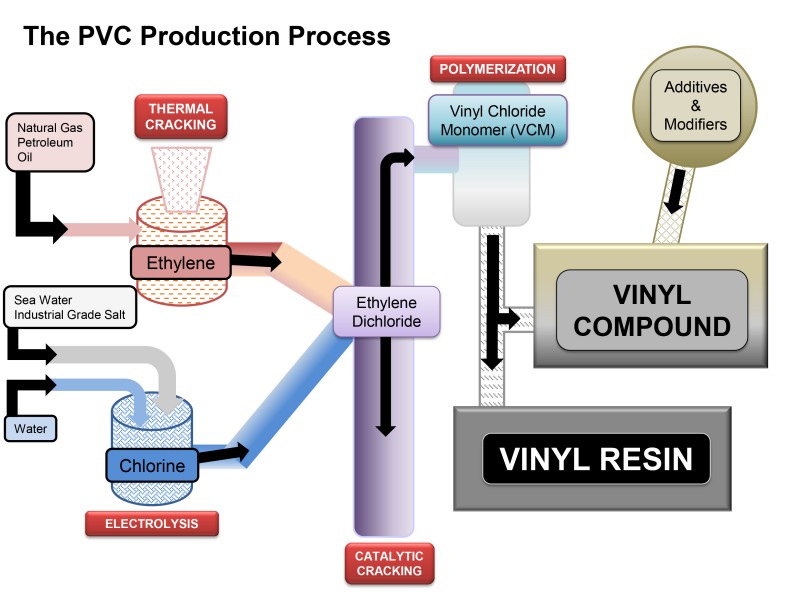
Benefits of PVC
PVC, or Polyvinyl Chloride, is a widely used material in the modern world. From construction materials to clothing, PVC can be found in many everyday products. But, what exactly is PVC made of?
PVC is a type of thermoplastic polymer which is made primarily from chlorine and ethylene. It is created when ethylene is heated under high pressure and mixed with chlorine gas. The result is a soft, flexible material which is both strong and durable.
PVC is an incredibly versatile material with many benefits. It is waterproof, resistant to many corrosive chemicals, and has low flammability. It is also lightweight, easy to assemble, and can be formed into various shapes. Furthermore, it is widely available and cost-effective, making it popular for many commercial and industrial applications.
From plumbing pipes to medical devices, PVC is an incredibly useful and cost-effective material. Its ability to resist chemical corrosion, low flammability, and lightweight properties make it ideal for many applications. With its low cost and versatility, PVC is an excellent choice for any application.
Potential Downsides of PVC
Polyvinyl chloride (PVC) is widely used for a variety of products, from pipes and construction materials to clothing and toys. While there are many benefits to PVC, there are also potential downsides to using this type of plastic. PVC is a thermoplastic polymer, meaning it is made from various chemicals, such as chlorine, ethylene, and other additives, that give it its characteristics.
One of the biggest potential drawbacks of PVC products is their environmental impact. The manufacturing process of PVC can result in the release of hazardous pollutants into the air and water. Furthermore, PVC is not biodegradable and will remain in landfills for a long time. Additionally, the incineration of PVC can create dioxins, which can be harmful to both human and animal health.
Another potential downside of PVC is that it can be difficult to recycle. As a result, most PVC products cannot be recycled and end up in landfills after they are no longer usable. In addition, PVC can contain certain toxic substances, including lead, cadmium, and phthalates, which can be released into the environment if the products are not disposed of properly.
Overall, PVC has many benefits, but it is important to be aware of the potential downsides of using this type of plastic. If you are considering using PVC for a product, you should research the environmental impact and health implications associated with its use.
FAQs About the What Is PVC Made Of?
Q1. What is PVC made of?
A1. PVC is a type of plastic made from a combination of polyvinyl chloride and other chemicals, including stabilizers, plasticizers, lubricants, fillers, and pigments.
Q2. Is PVC toxic?
A2. PVC is generally considered to be non-toxic and is safe to use in many applications. However, some of the chemicals used to make PVC may be toxic, so it is important to use PVC from a trusted source to ensure safety.
Q3. Is PVC recyclable?
A3. Yes, PVC can be recycled, although it is not as commonly recycled as other types of plastic due to its complexity.
Conclusion
PVC is a type of thermoplastic polymer that is made of chlorine and carbon atoms. It is a durable and cost-effective material that is used for a wide variety of applications, such as piping, flooring, and siding. PVC is also resistant to corrosion and has excellent chemical and weather resistance. With its many advantages, PVC is becoming increasingly popular for a wide range of uses.

